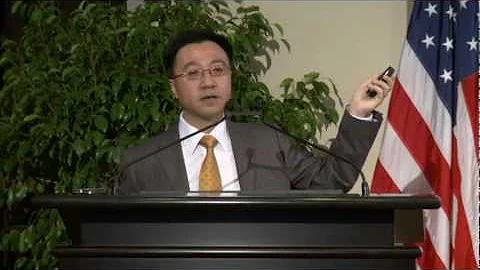In the era of Industry 4.0, various intelligent systems are constantly innovating, boundaries are constantly expanding, and coordination and competition coexist. As an important participant, the MES system has also surpassed the scope of individuals and organizations with the upgrading of technology and transformation of production processes, connecting suppliers and customers, and becoming smarter and smarter; Industrial Internet allows the equipment, production lines, factories, suppliers, products and customers to closely connect and integrate factors such as equipment, production lines, factories, suppliers, products and customers, helping the manufacturing industry extend the industrial chain and promote the intelligence of the entire manufacturing service system.

1. The difference between MES and the industrial Internet
The MES system connects ERP on the top and device PLCh down. It is the end point for the transformation and upgrading of smart factories. The process can be traced in a short period of time, improving production efficiency and reducing costs. In the long run, it can achieve comprehensive improvements in the production process. The industrial Internet itself cannot rely on its own optimization of production, but is guided by the value behind factory interconnected data, providing interconnected devices with new ways to send and receive data through the network, while converting data into operational information to enhance application effect MES system.
It can be seen that MES and the industrial Internet play different roles in the digitalization process of enterprises. MES is aimed at production tasks and is a repository of production data centers. However, to build a digital factory to achieve transparent factory and visual management of , it is also necessary to rely on data models in the production environment to improve the manufacturing efficiency of the production line and strengthen the digital capabilities of the manufacturing site.
2. The integration of MES and the industrial Internet
The boundary between MES and the industrial Internet will become increasingly blurred in some aspects, and MES will undertake many fast connection integration functions of the industrial Internet. The overall goal is to achieve comprehensive monitoring and management of the enterprise's production process and tracking and management of logistics status, improve the original system functions, realize visual operation and intelligent management of in-plant logistics and off-plant logistics, and ensure the quality of the entire life cycle of the product. There are the following improvement goals:
(1) Combining the logistics distribution system with the Internet of Things technology, conducting real-time and comprehensive tracking and management of in-house logistics and off-site logistics to ensure smooth logistics, and strengthening the quality supervision of products during transportation;
(2) Applying the Internet of Things technology to the workshop assembly line, replacing the original barcode technology with RFID technology, realizing intelligent production line data collection and real-time monitoring and visualization of products in-process, reducing manual management costs, and increasing Production efficiency;
(3) Improve the exception management system, transmit real-time data to the MES system information center through the Internet of Things, develop and design the system and conduct remote monitoring, display the specific working location of the abnormality, and record the abnormal historical data;
(4) Remote monitoring upgrade, and remotely monitor the product through the data transmission technology of the industrial Internet, discover problems at any time and solve problems.











